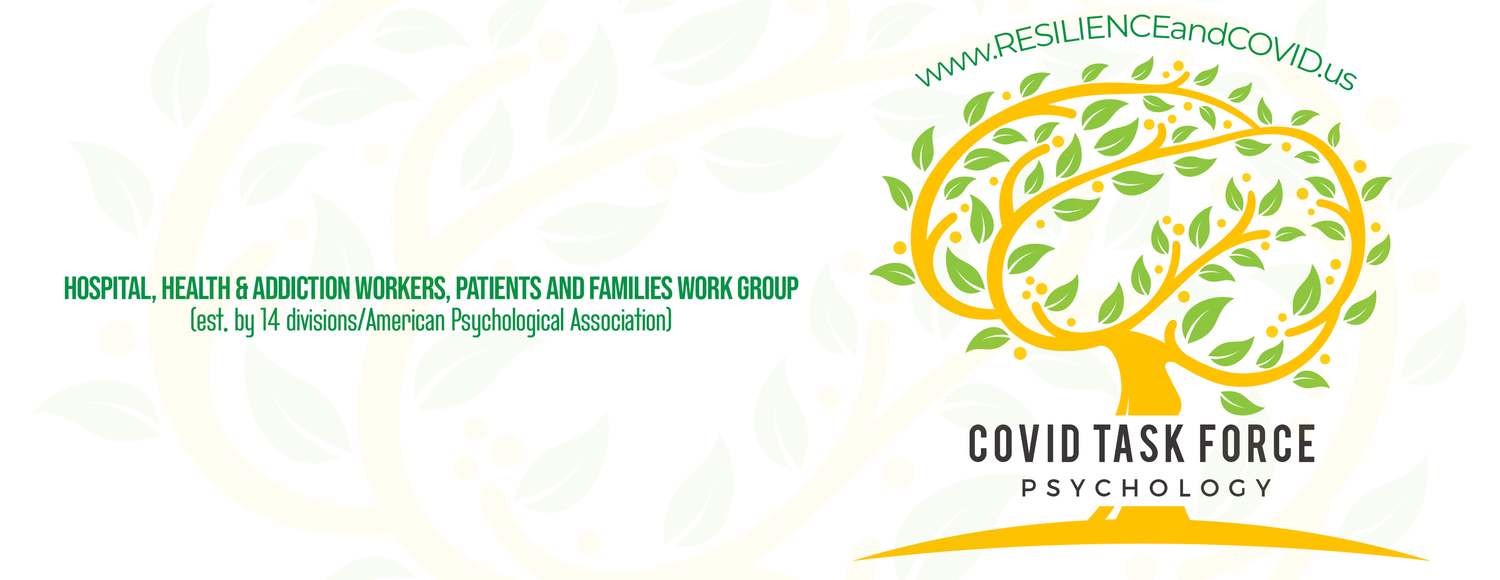Bring Creativity and Adventure to Kids' Lives During COVID
An opportunity to do less and find more rhythm.
As a child, I lived in Kansas. I remember spending hours on my neighbor’s lawn, searching for four-leaf clovers. Inside the house, my favorite game was one my sister, brother, and I invented. School was easy and we had no homework.
I have always felt like that was a wonderful start. It left me wondering, glad to play, and with an interest in learning more that took me to a Ph.D.
People worry that kids are falling behind, without the same structure and instruction they had in school before COVID.
There is plenty that is difficult for kids these days, and almost every kid I talk with is not a fan of online school. They miss seeing their friends, they miss the random playtime together.
But it does not mean that this time has to be a waste. Let’s use it as an opportunity to bring back open time, where children think for themselves, see for themselves, invent and create.
But to make good use of that time, we also need plenty of room for feelings. No one can get through this time without difficulty, frustration, and sometimes fear — kids included. How can you help with that?
Source: Used with permission of child and her parents
Dealing With Feelings
If dealing with strong feelings is difficult for adults, it is no surprise that it is for kids. When a child is feeling scared, it can take over her day — or night. If a child feels frustrated or discouraged, he may get into a mood that he takes out on others.
First, take a moment to empathize with a child’s feelings. Then you can bring comfort to the feelings and understanding to the situation.
Here a few simple developmental guidelines for responses:
Ages 2-5 years
Reassurance comes through a parent’s calm presence and through the melody in her voice as she offers calming words.
Ages 5-8 years
After empathy, you will want to offer the ways we can be OK anyway, apart from the fears or worries.
Ages 8-12 years
At these ages, it can be helpful to talk over the reality in a way that does not sound frightening. You can let them know you are proud of them for dealing with whatever is hard.
The simplest ways to recover from feelings and move on from there come from connection to family, exploration, and play. Children will have their own good ideas. Here are a few to get them started.
Creative Play
Make your own playdough. Let the kids be part of the mixing. It’s warm and wonderful to have playdough fresh from the oven. They can roll it out and use cookie cutters to make shapes. You can even cook them.
Indoor basketball. Turn a bin into a basket and stand back. How many baskets can your kid make? Let them invent new rules. Guess what else that game helps with? Cleaning up!
Make space for wishes. Get a large piece of paper. Have them draw or write everything they wish for – for themselves, for the family, for the planet. You can also draw a Wishing Tree & they can tape their wishes on it.
Squiggle game. This one was invented by child psychoanalyst Donald Winnicott. Close your eyes and scribble. Then ask your child to turn it into something. Then it’s your turn to turn his into something.
Get Outside
Get out and explore. See what your kids find themselves. Some kids like to wander. Some like to race.
They can make friends with nature as this 2-year-old did.
Or they can discover by looking out the window, as this 5-year-old did.
Read
This is a wonderful time to read together. Or older kids may want to do it themselves.
Long before the pandemic, children’s literature has brought ways to escape while feeling victory in doing things your own way.
Stories serve as a metaphor for the invisible struggles children face.
Here are a few classics, chosen from many great ones.
Age 3- 6 years
Arnold Lobel, Owl at Home
Owl cries into a kettle about each sad thing he thinks of, and turns it into “tear water tea.” A whimsical illustration of dealing with feelings.
Age 7-11 years
In the Little House on the Prairie books, Laura Ingalls Wilder tells the true stories from the late 1800s, of what it was like to live with less.
One way to get perspective on what we have to do without is to read The Long Winter. Laura and her family lived on one loaf of bread a day, made from wheat that they ground in the coffee grinder.
Age 9-12 years
C.S. Lewis’ Narnia stories tell of children’s discoveries, moving from their lives into fantasy.
In The Magician’s Nephew, they discover how to get to other worlds through a “wood between the worlds.”
Do Less
The most useful thing I learned in statistics class is “less is more.”
Too many variables make it hard for researchers to figure out what is going on.
That applies to life too. Doing less leaves room to think, dream, discover, rest, and move on.
This long strange time can be an opportunity to bring simplicity and discovery into children’s lives.
Read article on Psychology Today: https://www.psychologytoday.com/us/blog/psychological-trauma-coping-and-resilience/202101/bring-creativity-and-adventure-kids-lives

